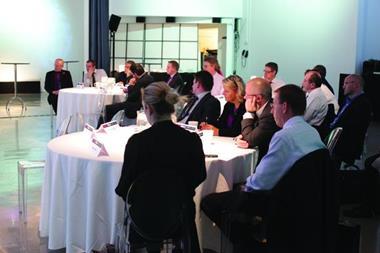AIG UK's financial crime expert rounds up the debate
The current industry use of controlled shared customer and third party data for fraud prevention purposes arguably remains silo activity, with one notable exception; the IFB.
Existing pooled data has obvious gaps and if the industry is to raise the bar, then it requires a single pool of data rather more representative of the bigger industry picture. In addition, there is clear scope to share data with other sectors and bodies.
The journey should begin with the quality of industry data, followed by customer and third party data routinely being fed into a single industry "washing machine", where and by adopting smart algorithms, trend and pattern analysis, plus fraud intelligence, the output would supply insurers with details of the high and low risk customers and third parties, for the insurers to use smartly as part of their own risk-based decisions.
A future potential location to install such a washing machine may already exist; the IFB and the additional investment required to build, install and operationally manage the washing machine, would be balanced by the industry benefits.
Above all and this must be one of the key objectives, genuine customers and third parties presenting valid claims, would surely encounter insurers able to settle valid claims even more effectively and efficiently, as the industry adopted a more refined and targeted approach to fraud prevention.
On the flip side, such a model would help create an environment whereby insurance fraudsters may for the first time consider the risk of being caught to be rather real, which has to convey a powerful deterrent message. Deterrents equate to prevention, which is always preferable to continuing to seek a cure.
It’s no silver bullet; there simply isn’t one, but it should form a key part of the industry counter-fraud strategy.
Glen Marr is vice president financial crime, AIG UK.
Hosted by comedian and actor Tom Allen, 34 Gold, 23 Silver and 22 Bronze awards were handed out across an amazing 34 categories recognising brilliance and innovation right across the breadth of UK general insurance.










































No comments yet